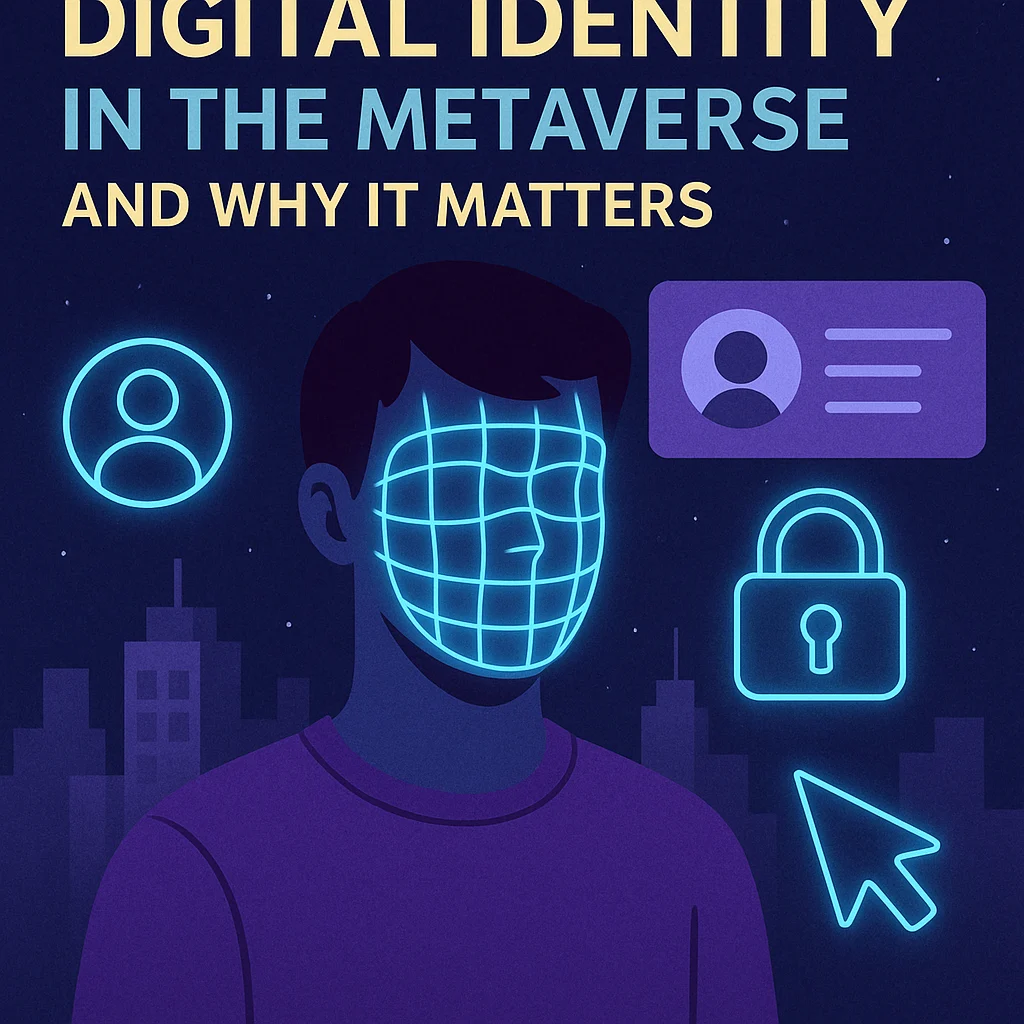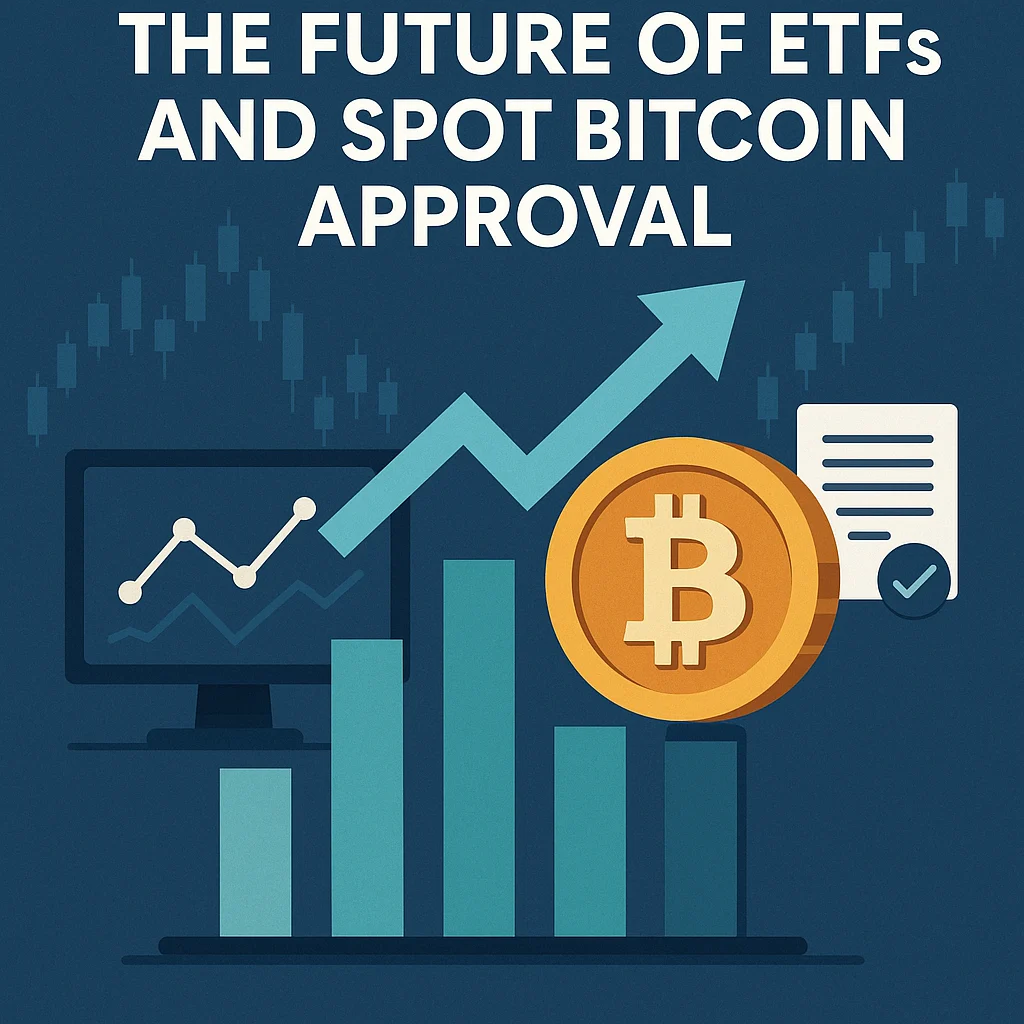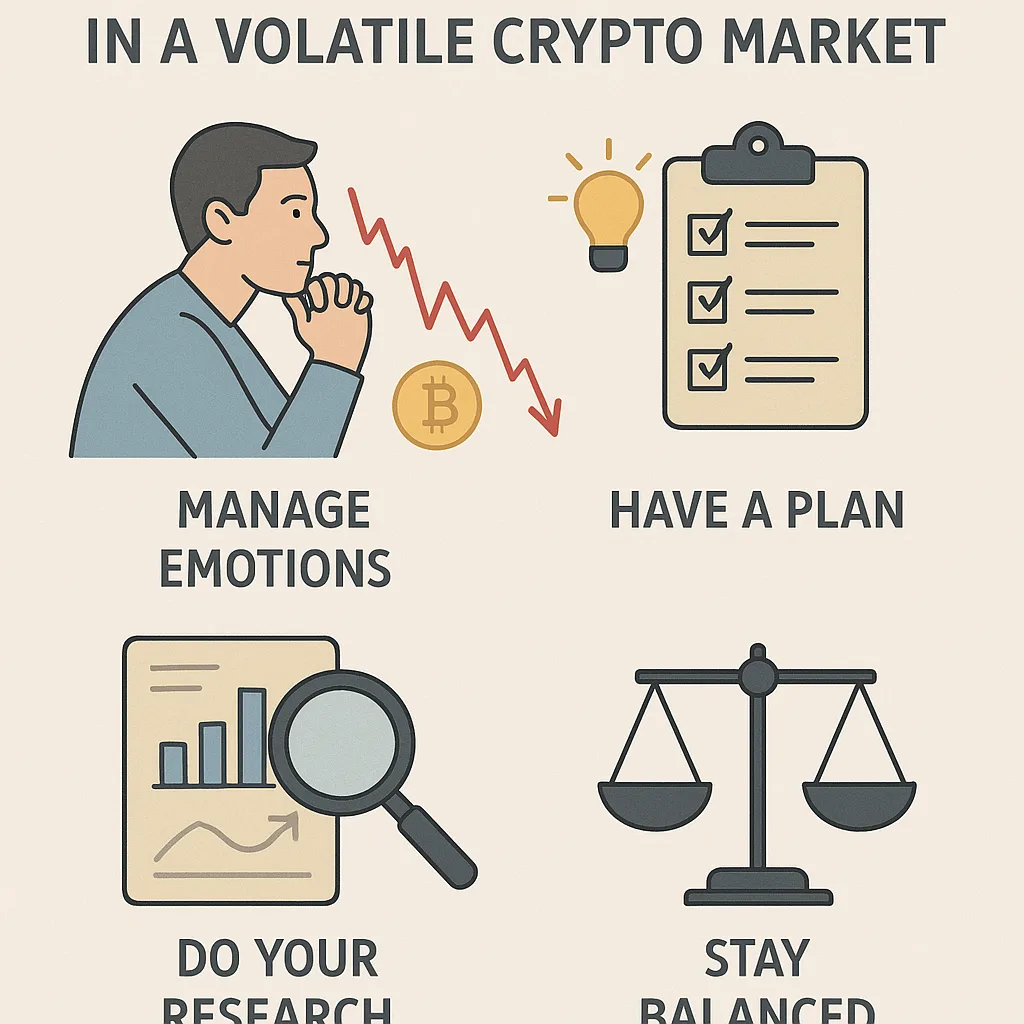The metaverse is quickly evolving into a new aspect of our lives, careers, and interactions as we move further into the era of digital transformation. Millions of users are creating digital lives that are parallel to their real-world identities, whether through decentralized social platforms, virtual real estate, or immersive games. Digital identity in the metaverse is a potent yet intricate idea at the heart of this development.
A username or avatar is only one aspect of digital identity. It determines your identity, possessions, interactions, and how other people see you in the metaverse. It is a complex representation of your virtual self that combines social proof, assets, avatars, and data into a single, cohesive persona.
The definition of digital identity in the metaverse, its operation, the technologies enabling it, and its significance for the future of digital freedom, privacy, and the economy will all be covered in this blog.
What Is the Metaverse?
Users can interact through avatars, own digital assets, play games, go to events, and even work or make a living in the metaverse, which is a collective virtual space composed of interconnected digital environments. It combines the following:
-
Virtual Reality (VR) and Augmented Reality (AR)
-
Blockchain and NFTs
-
Artificial Intelligence (AI)
-
Web3 infrastructure
Examples of metaverse platforms include Decentraland, The Sandbox, Meta Horizon Worlds, and Roblox.
Defining Digital Identity
In the metaverse, a digital identity is a virtual profile that serves as a representation of a person across various experiences and platforms. It is made up of:
-
Visual Identity: Avatars, skins, fashion items
-
Behavioral Data: Activity, preferences, and reputation
-
Ownership History: NFTs, digital land, and in-game assets
-
Credentials: Achievements, affiliations, and verified skills
-
Social Connections: Friends, communities, and interactions
Unlike centralized digital profiles (like a Facebook account), metaverse identities aim to be interoperable, persistent, and decentralized, allowing users to carry their identity across multiple platforms.
Components of Digital Identity in the Metaverse
1. Avatars
Your visual representation is an avatar. Depending on the platform, they could be hyperrealistic or cartoonish. They permit individual expression by:
-
Body customization
-
Virtual clothing (often sold as NFTs)
-
Emotes and gestures
Your avatar is the first thing people see—it’s your face in the metaverse.
2. Blockchain Wallets
Your digital passport is your cryptocurrency wallet (such as MetaMask, Phantom, or WalletConnect). It includes the following and authenticates you without the need for usernames or passwords:
-
Your NFTs
-
Digital currencies
-
On-chain identity tokens
Using your wallet, you can verify ownership, sign into platforms, and prove your credentials.
3. NFTs and Assets
Non-fungible tokens (NFTs) are used to own digital assets like wearables, cars, artwork, and virtual land. These resources are essential to your identity in the metaverse.
They signal your status, tastes, and achievements—similar to how clothing, cars, or homes reflect status in the physical world.
4. Reputation and Social Proof
On-chain reputation systems track:
-
Governance participation (e.g., DAOs)
-
Transaction history
-
Community contributions
-
Gaming rankings and social scores
Projects like Gitcoin Passport and Lens Protocol are working to build decentralized social graphs and reputational frameworks.
Why Digital Identity Matters in the Metaverse
1. Control Over Your Identity
Your identity is dispersed throughout Web2 sites such as Twitter, Facebook, Instagram, and Google. These centralized businesses are in charge of your data and have the authority to de-platform you whenever they want.
In the metaverse, a decentralized digital identity gives you full control. You own your wallet, avatar, data, and social graph. You decide how much to reveal and where.
2. Cross-Platform Interoperability
A universal identity lets you:
-
Use the same avatar across games and worlds
-
Maintain a consistent reputation
-
Carry your digital assets and status anywhere
This interoperability is key to realizing a truly open metaverse—where identity is not siloed.
3. Monetization and Economic Participation
Your identity becomes your economic profile. With digital credentials, you can:
-
Prove skills and earn gigs in the metaverse
-
Join DAOs and vote on proposals
-
Sell NFTs tied to your avatar or brand
-
Participate in play-to-earn economies
The creator economy in the metaverse is identity-driven. The more authentic and recognized your digital persona, the more valuable it becomes.
4. Security and Privacy
Zero-knowledge proofs and decentralized identifiers (DIDs) allow users to authenticate themselves without disclosing personal information. For instance, you don't need to provide your birthdate to demonstrate that you are older than 18.
Blockchain-based identity frameworks reduce fraud, protect against impersonation, and eliminate the need for passwords.
Challenges of Digital Identity in the Metaverse
1. Fragmentation
A universal identity standard has not yet been established. A fragmented experience may result from users having distinct wallets, reputations, and avatars across various platforms.
2. Privacy vs. Traceability
By design, blockchain is transparent. A user's whole financial and social history may be revealed if not handled with caution. Verifiability and privacy must be balanced.
3. Identity Theft and Impersonation
NFTs can be copied, avatars can be faked, and brand identities can be impersonated. Without proper verification, trust breaks down.
4. Digital Inequality
Wealthy users and early adopters can purchase high-status assets, which disadvantages latecomers. In the absence of inclusive design, digital identities could perpetuate social hierarchies.
Emerging Solutions and Standards
1. Decentralized Identifiers (DIDs)
DIDs are self-owned, cryptographically secured identifiers that let you prove who you are across platforms without a central authority.
Projects: SpruceID, Ceramic, Polygon ID
2. Soulbound Tokens (SBTs)
Introduced by Vitalik Buterin, SBTs are non-transferable NFTs that represent credentials, achievements, or affiliations tied to your identity.
For example:
-
Graduation certificate
-
DAO membership
-
Hackathon award
SBTs help build a richer, more verifiable digital identity.
3. Universal Avatars and Interoperable Standards
Companies like Ready Player Me and Yuga Labs are building avatars and wearable standards that can be used across multiple metaverses.
The goal is to allow a single identity to persist across worlds like Roblox, Decentraland, and VRChat.
4. Web3 Social Platforms
Wealthy users and early adopters can purchase high-status assets, which disadvantages latecomers. In the absence of inclusive design, digital identities could perpetuate social hierarchies.
Real-World Use Cases of Digital Identity
1. Metaverse Employment
Interviews, webinars, and virtual concerts are all being conducted by avatars. Verified credentials can be carried by your metaverse persona to demonstrate your abilities.
2. Education and Certification
Digital diplomas or course completions (as SBTs or NFTs) can be stored in your wallet and shown across platforms.
3. Healthcare and Medical Records
Your identity could be used in future metaverse clinics to confirm insurance, eligibility, or history—all without disclosing needless personal information.
4. Voting and Governance
In DAOs and metaverse nations, your identity can represent voting rights, political views, or citizenship status.
The Future of Digital Identity in the Metaverse
Digital identity will be just as significant as physical identity as the metaverse develops. Governments, businesses, and individuals will need to work together to develop moral, safe, and compatible systems for everything from legal recognition to biometric verification.
We can expect:
-
Governments issuing verifiable credentials on-chain
-
AI-enhanced avatars representing you in multiple environments
-
Biometric-linked wallets and devices
-
Ethical frameworks for avatar rights and digital self-expression
The goal is to create an identity layer for Web3 that’s secure, inclusive, and empowering.
Final Thoughts
Avatars and wallets are only one aspect of digital identity in the metaverse; other aspects include autonomy, trust, and the freedom to exist online as you see fit. Making sure identities are safe, portable, and self-governing is not a luxury as we create a new digital world—it is a need.
Whether you’re an artist, gamer, developer, student, or entrepreneur, your metaverse identity will shape your opportunities, experiences, and legacy in this next phase of the internet.
Choose it wisely. Build it purposefully. Own it completely.




Leave a Reply